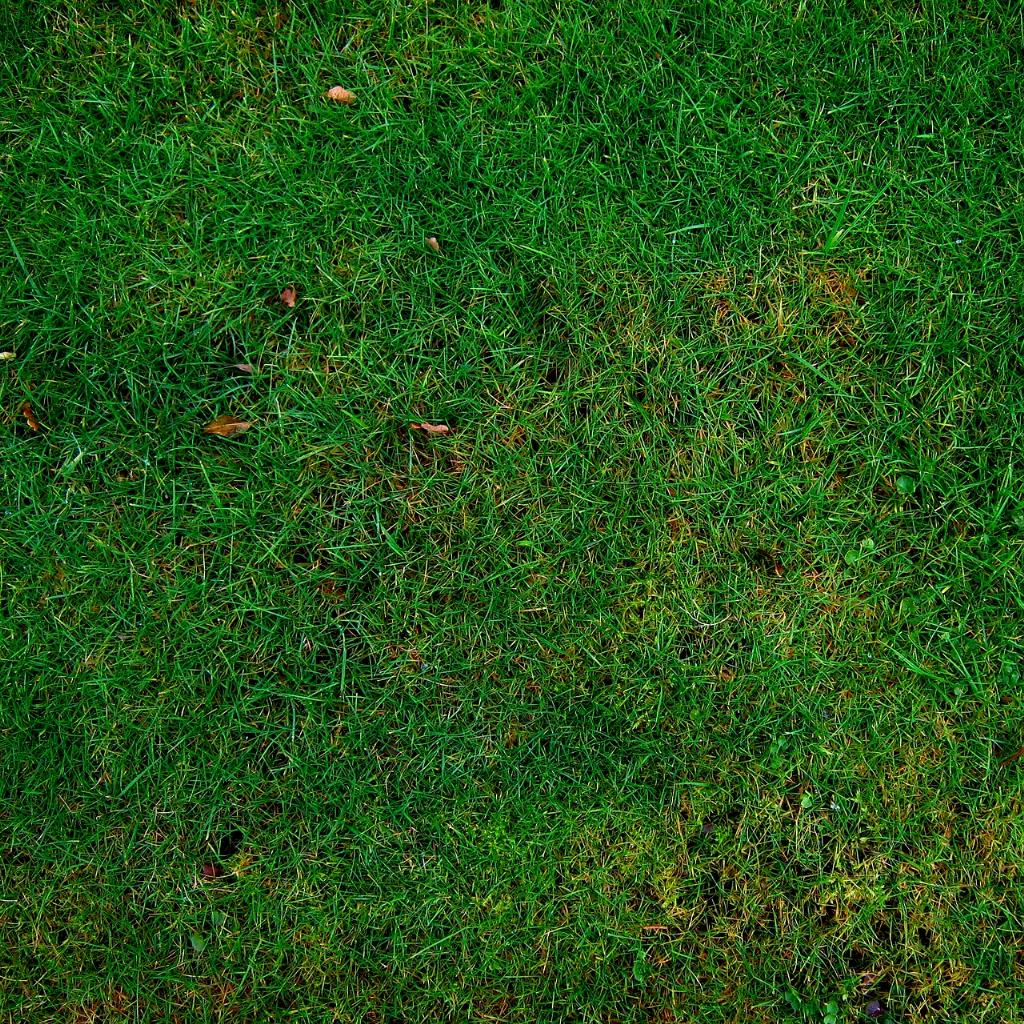When it comes to aerating your lawn, one of the most common questions that arises is how deep you should make the aerator holes. The ideal depth for aerating your lawn is about 3 inches. This depth ensures that the process effectively reaches the root zone of the grass, allowing for proper air, water, and nutrient penetration.
It is crucial to maintain uniformity in the depth of the aerator holes throughout the lawn. By ensuring that all holes are 3 inches deep, you create a consistent environment for the grass roots to thrive. This uniform depth also prevents issues such as compaction and water runoff, promoting overall lawn health.
Spacing is another important factor to consider when aerating your lawn. Keeping the aerator holes 3 inches or less apart is ideal for optimal results. This spacing allows for adequate air and water circulation within the soil, promoting robust root growth and nutrient absorption.
While maintaining a consistent depth and spacing is essential, it is also crucial to pay attention to the diameter of the aerator holes. Aim for a diameter of about 3/4 inch when aerating your lawn. This size ensures adequate soil aeration without overly disrupting the grass, striking the right balance for healthy turf.
Depending on the size of your lawn and the extent of aeration needed, several passes with the aerator may be necessary to achieve the correct spacing and depth. Taking the time to make multiple passes ensures thorough aeration and sets the groundwork for a lush, vibrant lawn.
The frequency of lawn aeration is another key consideration. Factors such as soil type, thatch buildup, and foot traffic play a role in determining how often you should aerate your lawn. For most lawns, aerating once or twice a year is sufficient to promote optimal root growth and overall turf health.
Before diving into the process of aerating your lawn, it is essential to assess the specific needs of your turf. Conduct a soil test to determine soil compaction levels and identify any underlying issues that may impact aeration effectiveness. This proactive approach allows you to tailor the aeration process to suit your lawn’s unique requirements.
In addition to depth, spacing, and frequency, proper aeration techniques also contribute to the success of the process. When aerating your lawn, move the aerator in a slow, deliberate manner to ensure thorough coverage. Overlapping passes can help achieve uniform aeration and promote consistent growth across the lawn.
After aerating your lawn, consider implementing a top dressing of compost or other organic material to further enhance soil structure and nutrient availability. This additional step can boost the effectiveness of aeration and set the stage for a healthier, more resilient lawn.
Regularly aerating your lawn is a proactive step towards maintaining a vibrant, thriving turf. By paying attention to factors such as depth, spacing, and frequency, you can create an optimal environment for root growth and overall lawn health. With the right approach to aeration, you can enjoy a lush, green lawn that enhances your outdoor space.

